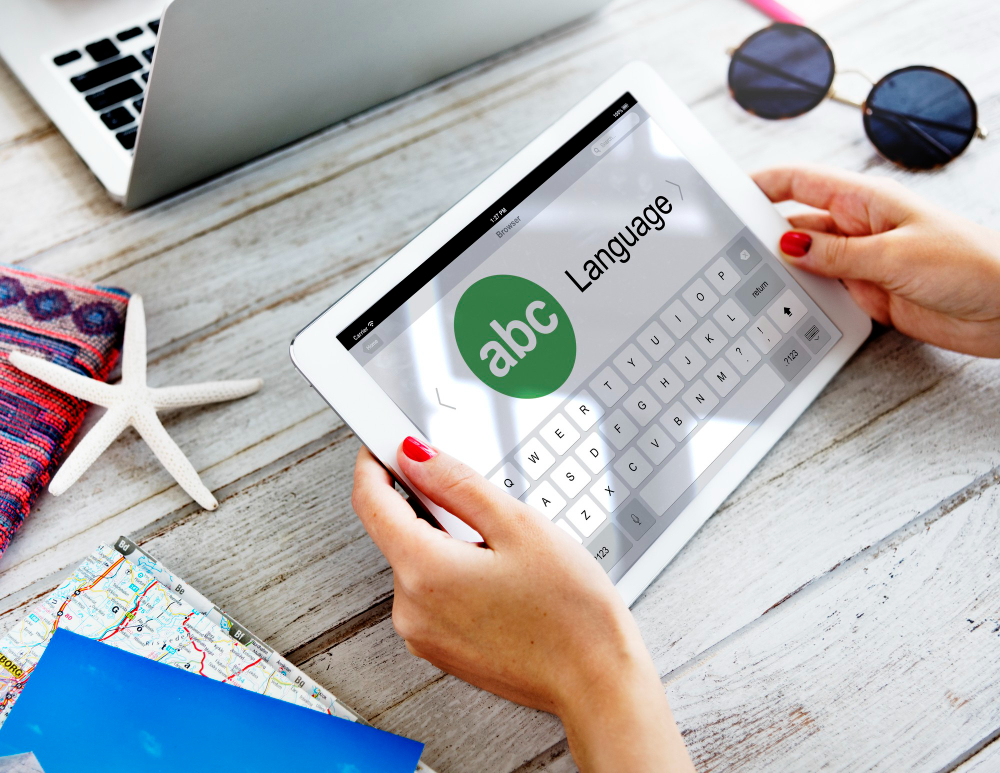All businesses entering the global market. To reach their targeted customers and business clients, they need to translate and localize a wide range of content. In so many years, human translators have been employed to translate content. But in recent years, MTPE – Machine Translation Post-Editing is in trend and widely used by many agencies.
Before starting, first we need to understand the concepts of machine translation and human translation.
Human Translation is the oldest form of translation. It is a process of translating the source language into the target language and domain. Professional Translators are able to identify the errors and deal with creative content using emotions, idioms, and abbreviations helping businesses and brands to expand in the global market. HT is the best method to translate any form of content such as documents, websites, gaming applications, advertisements, etc.
In the modern world, technology is playing a very important role to communicate across the world. With the help of Artificial Intelligence and Machine learning translation is becoming fast and cost-effective.
Pros:
- You can collaborate with professional translators
- High accuracy and quality. less revisions and less chances of mistakes.
- The conversion rate is high
- Humans are able to translate accurately by putting their creativity and feelings into the content.
Cons:
- The main drawback Human translation involves lengthy processes and projects are not as fast to complete
Machine Translation is the automated translation of content from one language to the target language based on specific algorithm sets. Without human involvement.
Google Translate is one of the most popular Machine Translation technologies. Google has the largest language data in the world. Nevertheless, Google Translate still fails to translate accurately.
Several methods are there to translate. Using Machine Learning technology, the machine will learn translation by analyzing billions of words at a time. As a result, robots are getting smarter and faster. An enormous database of linguistic materials is necessary. With a larger database, the machine can learn faster and translate with more accuracy.
Public-facing content should always be translated naturally and flawless into the native context of your target market. For high-quality, localized content, it’s often worth paying extra for native speakers to review the translation. In that case, post-editing is necessary.
Pros:
- Saves time
- Machine translation costs less.
Cons:
- It Translates word by word results- less accurate content
- The conversion rate is very less
- Marketing efforts and potential sales need a clear and accurate translation.
- In Automated translation, The final draft translation still contains some imperfections
- It fails in delivering native translation content for the targeted audience.
Machine translation post-editing (MTPE):
Machine translation post-editing is a subset of Machine translation and traditional human translation. Post-editing follows the same as the Machine translation process.
First, the software produces a draft translation material. Once machine translation is applied, professional translators take the content and edit it for accuracy, clarity, emotions and local language. In short, they check the machine’s work and quality. MT with post-editing is one of the quickest (and most affordable) ways to get high-quality results as compared to machine translation.
Pros:
- Compared to traditional translation, this saves time and costs.
- In the second process with the involvement of the human translator, the quality of the content translation is much more accurate than machine translation
- Improved clarity and fluent use of slang
Cons:
- Machine translation post-editing requires a longer time compared to machine translation.
- The final draft translation still contains some imperfections as the post-editors can’t cover all the issues in a short time.
👉 If you are confused between Translation and Localization read this blog– Click here
If you are on the lookout for the best translation agency, how can you find the best one that gives you the right output? – If you are confused, read this guide: Click here
Conclusion:
Your business needs are unique translations, it’s worth taking the time to study your business and come up with the right plan for your budget and marketing goals. Activeloc globalization has developed software and tools which provide an ideal translator or editor based on your target language with affordable service to meet targeted clients and quality output which saves your time. No matter where in the world you are.
Ready to start your next translation project?
Email Us [email protected] or Call Us +91 6361045174
